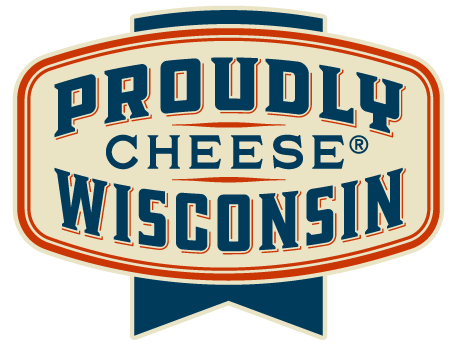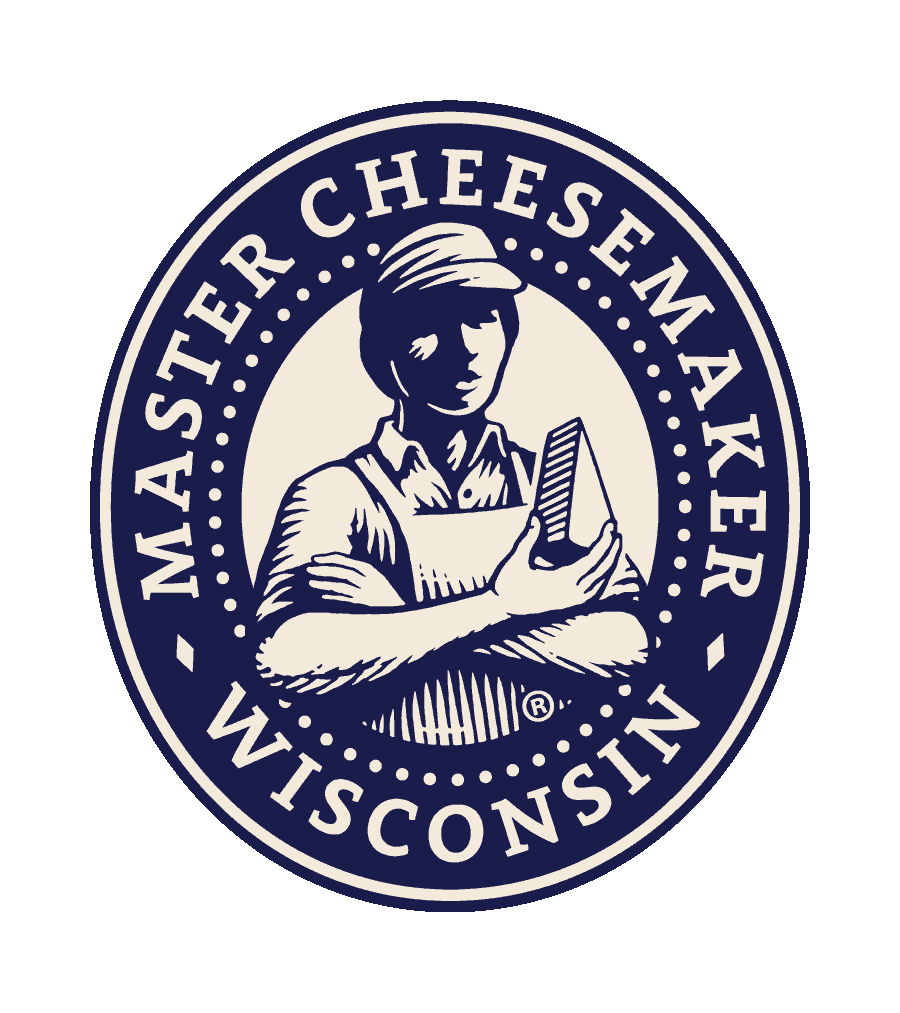Have Questions?
Everything You Need to Know About Cheese
With more than a hundred years of experience, Nasonville Dairy knows the ins and outs of the Wisconsin cheese industry. Run with your curiosity and find answers to all your dairy-related questions — and get in touch with us if you’re still left wondering.
History of Cheese
Nobody knows exactly when or where cheese first originated. We know it’s been a staple of the human diet for a while, though — cheese is often mentioned in ancient Greek mythology, and evidence of cheesemaking has been found on Egyptian tomb murals dating back over 4,000 years!
Wisconsin officially became “America’s Dairyland” in 1859. Originally, all cheese made in Wisconsin was produced by farmwives who used their cow’s milk. In 1841, Mrs. Anne Pickett made cheesemaking history when she established Wisconsin’s first cheese factory using milk from her neighbor’s cows. Then in 1859, Hiram Smith, a farmer on the University of Wisconsin Board of Regents, opened a full-scale cheese factory. That same year, John Smith instituted the marketing of cheese outside of Wisconsin and established Wisconsin’s reputation and proud title as America’s Dairyland. During the next two decades, the cheese industry exploded with hundreds of local cheese plants located throughout Wisconsin’s countryside, including the Nasonville plant in 1885.
How Cheese is Made
Cheese is one of the most varied, nutritious, and loved foods across the world. Each variety, type, and style of cheese has its own unique combination of:
- Type of milk (cow, goat, sheep, buffalo, etc.)
- Cultures and setting ingredients to form the curd
- Heating, forming, and curd cutting strategies
- Desirable bacteria or molds for ripening
- Salt and seasonings to preserve and add flavor
- Aging methods like curing temperatures, humidity, and storage location
Wisconsin makes 26 percent of the country’s cheese! Each year, that means our state produces more than 2 billion pounds of cheese. At Nasonville Dairy, we make 160,000 pounds of cheese each day.
Ask this question in different countries or states, and you’ll get quite a few answers! In America, the most popular cheese variety is mozzarella because we eat it on pizza so regularly. Cheddar is a close second in a range of other dishes.
When choosing a pizza cheese, you should consider how the cheese 1) melts and browns, 2) stretches, 3) oils off, and 4) tastes. Depending on your specific preferences and the style of dish, you’ll want a certain texture and flavor profile.
Nearly 95 percent of all milk produced in Wisconsin goes into the state’s cheesemaking industry!
In Wisconsin, there are more than 630 varieties, types, and styles of cheese. Here at Nasonville, we craft upwards of 40 unique flavors — and we’re always innovating what the next great taste experience will be.
Cheesemakers refer to feta as “pickled” because it’s packed in brine (a salt and water mixture) after formation. This brine preserves the cheese so it keeps longer than most other fresh varieties.
Because Nasonville’s Blue Marble Jack has the body and texture of Monterey Jack, it’s able to be enjoyed in many more forms than traditional blue cheese. Blue Marble Jack can be served sliced, shredded, or in chunks. Blue Marble Jack is also meltable — making it the perfect addition to a range of dishes like flat breads and sandwich wraps.
Helpful Tips
Here are some tips to choose high quality cheese when making your next purchase:
- Cheese should have a fresh, clean appearance with no cracks or surface mold.
- Be sure the packaging is sealed properly, without any openings or tears that expose the cheese.
- Buy cheese at a store or market where frequent shipments of fresh cheese are delivered.
- Check the “use by” or “sell by” dates on packaged cheese. If buying fresh cut cheese, ask the clerk how best to wrap the cheese for storage as well as how long the cheese can be kept.
- Look for the “Wisconsin Cheese” identification. You’ll know you are buying a product that has to meet the highest of cheesemaking standards!
Cheese can be frozen — but we do not recommend it. Freezing can significantly change a cheese’s texture. Semi-soft and hard cheeses become more crumbly, while softer cheeses separate slightly. For this reason, a cheese that has been frozen is best used as an ingredient. Prime candidates for freezing are firm cheeses (such as swiss) and hard cheeses (such as parmesan).Here are some tips to freeze your cheese:
- Wrap each piece tightly in weights of less than one pound.
- Label and date your cheese before storing it at temperatures of about 0°F.
- Thaw cheese in the refrigerator, and use it within a couple of days.
Here are some tips to make cutting your blocks of cheese easier:
- Most cheese is easiest to cut when chilled — but some hard cheeses like parmesan or asiago cut better when they are brought to room temperature.
- A chef’s knife works well for cutting most cheeses. If the cheese has a wax or rind, score it before you begin, ensuring a clean-cut line.
- Before eating or serving, trim off any dry edges.
On Fresh cheese like Cream cheese, Cottage cheese or Fresh cheese curds – Please discard the cheese. On cheese such as Cheddar, Asiago, Gouda, trim the cheese mold off by more than ½ inch and discard. It is a good idea to also discard any wrapping that was around the moldy cheese and rewrap with fresh wrap.
Proper storage preserves a cheese’s original flavor, appearance, and quality — making sure it’s exactly the taste experience you’re looking for. Here are some storage tips:
- Keep your cheese covered in the refrigerator to minimize moisture loss once it’s opened.
- Store cheese away from aromatic foods so it doesn’t absorb their smells.
- Keep cheese refrigerated below 40°F.
The “three Cs” of cheese handling are clean, cold, and covered.
- Clean: Because cheese easily absorbs other flavors, keep it away from other aromatic foods in the refrigerator.
- Cold: Refrigerate cheese between 34° and 38°F.
- Covered: Cheese loses flavor and moisture when it’s exposed to air, so make sure to wrap hard cheeses (like parmesan) in tightly drawn plastic wrap. Soft or fresh cheeses are best stored in airtight containers. Semi-hard cheeses (including cheddar and gouda) can be wrapped in plastic wrap or parchment paper.
The shelf life of cheese varies between different types. Natural and pasteurized cheese should last about 4 to 8 weeks in the refrigerator. Fresh or grated cheese should be used within two weeks due to high moisture or amount of surface area of cheese.
Soft fresh delicate cheese like Feta in brine or Fresh Mozzarella should sadly be discarded. Semi firm & firm cheese should be inspected – trim off anything dried out and extremely oily or sweaty. This cheese will not be very good to save. If it appears okay – wrap it up tightly but separate from the original piece you may have cut from. Try and use it in the next 7 – 14 days. Perhaps best to use shredded or cubed over a casserole, pasta, vegetable.
Stir one tablespoon of salt into one cup cool water and stir.

